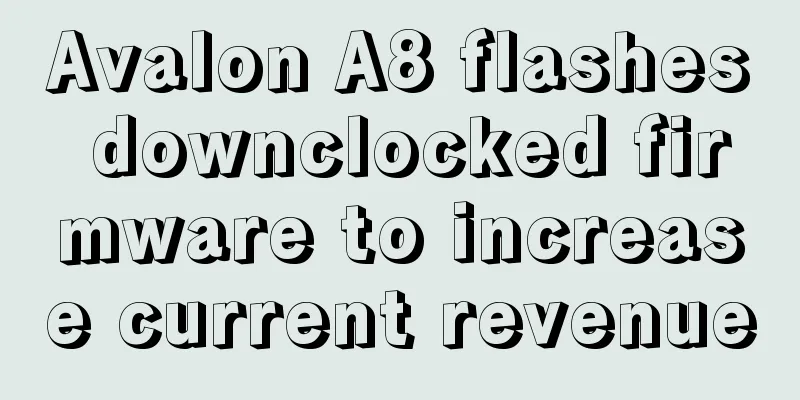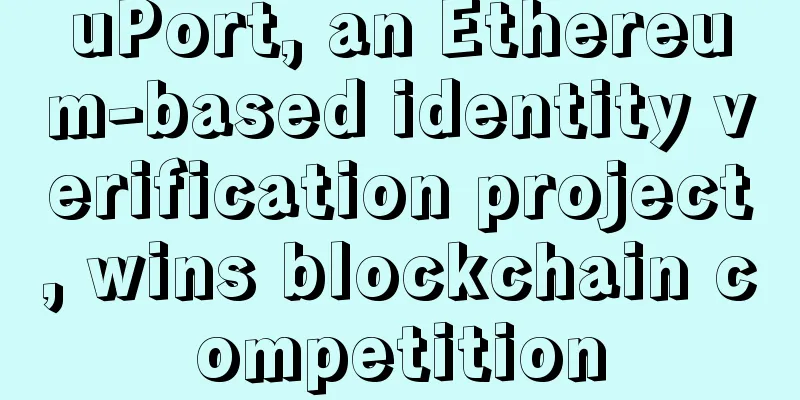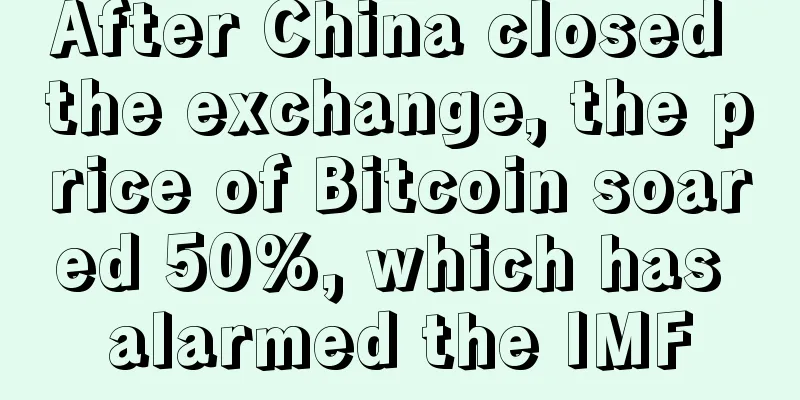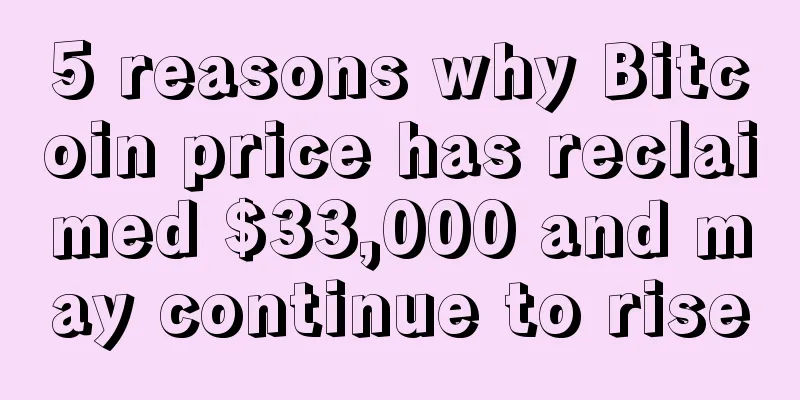Microsoft launches smart contract security working group to try to prevent similar incidents to The DAO (full white paper download)
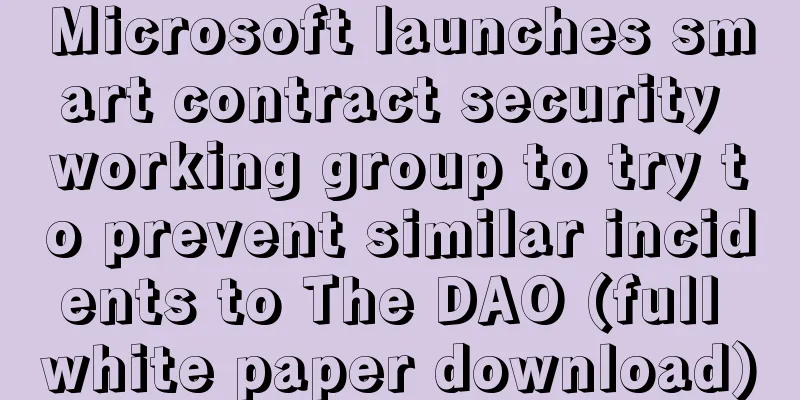
|
According to foreign media reports, Microsoft revealed that it is organizing a working group to improve the security of smart contracts. The working group, called Kinakuta, aims to make it easier for the industry to share information about smart contracts, which are self-executing codes based on blockchain. Although the idea of smart contracts can automatically complete complex transactions, after the collapse of the first large-scale project, The DAO, concerns about smart contracts began to grow within the digital currency community. Since then, people have gradually realized that smart contracts are a new thing that can be very dangerous if used improperly. However, Marley Gray, Microsoft's head of business development and strategy, believes that open information, along with new tools, can help developers avoid similar mistakes. Gray said he has partnered with Andrew Keys, head of global business development at Consensys, and has drafted a list of 35 developers and companies Microsoft wants to invite, including the Ethereum Foundation, R3CEV, and BlockApps. It is reported that the official announcement will be released early this month. In addition, Microsoft has co-authored a new white paper with researchers from Harvard University (to view the full white paper, please visit the Coin Library: http://8btc.com/doc-view-844.html) to prove whether Ethereum smart contracts will work as expected. Developers can use these resources to discover problems with the code they write. Formal VerificationThe paper proposes a method of “formal verification” that can prove or disprove the correctness of a software program, in this case, a smart contract. The white paper also proposes two tools to help verify smart contracts in three ways. The first is The second tool is necessary because, out of 112,802 contracts written in Solidity, only 396 can be run on Etherscan, so using bytecode is the best option. Although Solidity* currently lacks support for complex Solidity features (such as loops), the team was able to translate 46 of the 396 Solidity contracts. After running these 46 contracts through Solidity*, they found that only a few of them were "valid".
However, it’s worth noting that while many are excited about the rapid development of smart contract security tools, some in the industry believe that in the short term, developers will continue to make mistakes. Ethereum creator Vitalik Buterin wrote that he does not think the new research will prevent something like The DAO from happening again. “There will be more mistakes,” Buterin wrote in a recent ethereum blog post, “and we will learn from them.” |
<<: Can blockchain prevent cybercrime?
Recommend
Digital currency exchange ShapeShift claims to have suffered internal theft
After the hack was disclosed, Eric Voorhees, CEO ...
Palmistry: Where does your love life come from?
Palmistry: Where does your love life come from? T...
Judging a woman’s marital status by her facial features (Part 2)
1. Eyes In physiognomy, women with clear black an...
What does a mole on the tip of your nose mean? Is it good for a man to have a mole on the tip of his nose?
One of the factors that influence destiny is the ...
What kind of women are prone to cheating?
What kind of women are prone to cheating? Regardl...
What does multiple marriage lines mean?
What does multiple marriage lines mean? People wi...
What is the fortune of people with moles on the right breast?
In physiognomy, if a person has a mole on the rig...
Palmistry of a man who is a third party
1. The upper triangle symbol appears on the love ...
Analysis of the facial features of women with short chins and double chins
People with short chins are prone to double chins ...
People with fleshy earlobes can make money and save money, and have good fortune.
Facial features can often reflect people's we...
Palmistry analysis of women's hands
In palmistry, if a woman's palms are thick, i...
If these three parts grow big, you will be rich or noble.
Physiognomy covers a lot of content, such as face...
Judging longevity from facial features
Judging longevity from facial features Look at th...
People who don't like to express their opinions during discussions
In fact, many times, it is recommended that when ...
After the hard fork, the difficulty bomb was restricted, and the number of Ethereum blocks increased significantly
According to Coindesk on March 8, after the succe...
